This is the first time I use Azure Storage JS API. I have followed instruction on this Microsoft tutorial. I generate the SAS key on the node server with successful results but I still get the authentication failed error. I'm using the libraries provided by Microsoft Azure. How may I fix this?
function test() {
Restangular.all('cdn/sas').post({container: 'photos'}).then(function (sas) {
var blobUri = 'https://hamsar.blob.core.windows.net';
var blobService = AzureStorage.createBlobServiceWithSas(blobUri, sas.token);
blobService.listContainersSegmented(null, function (error, results) {
if (error) {
// List container error
} else {
// Deal with container object
}
});
}, function (error) {
console.log("Error generating SAS: ", error);
});
}
Error messages:



